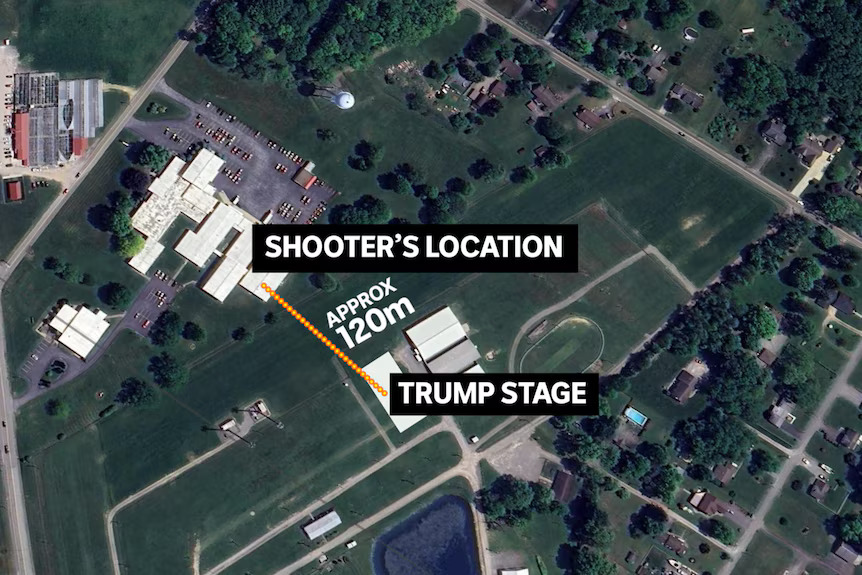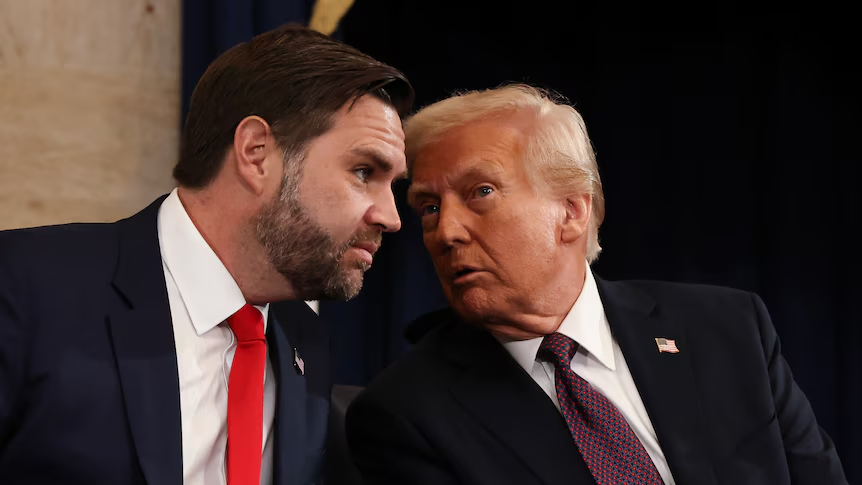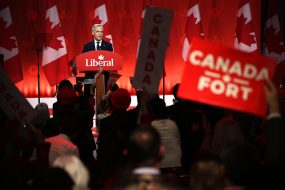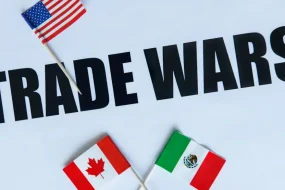In a shocking turn of events, the world was taken aback by the news of an attempted assassination on former President Donald J. Trump. This incident, brimming with political intrigue, has left many pondering the implications and motivations behind such an audacious act. As we delve into the how and why of this plot, the narrative reveals a tangled web of political tensions, ideological battles, and the ever-present specter of extremism.
The How: Unraveling the Assassination Attempt
On a seemingly ordinary evening, Trump was addressing a crowd at a rally in a small town in the heartland of America. Known for his fiery rhetoric and polarizing speeches, the former President was in his element, energizing his supporters with promises of a political comeback. It was during this rally that the attempt on his life was made.
According to reports, a lone gunman infiltrated the rally, blending seamlessly with the throngs of Trump supporters. The assailant, later identified as a disillusioned former military operative with ties to extremist groups, had meticulously planned the attack. Security footage and witness accounts suggest that the individual managed to smuggle a firearm past security checkpoints, exploiting a lapse in the rigorous screening process.

Just as the gunman was about to make his move, a vigilant member of the security detail noticed the suspicious behavior. In a matter of seconds, chaos erupted. The gunman was tackled to the ground, and his weapon was seized before he could pull the trigger. The quick response of the security team undoubtedly saved Trump’s life and prevented a potential tragedy.
The Why: Delving Into the Motives
Understanding the motivations behind this assassination attempt requires a deep dive into the current socio-political climate. The United States has been experiencing a period of intense division, with deep-seated animosities festering between different political and ideological factions.
The would-be assassin’s background sheds light on a broader issue. Discharged from the military under dishonorable circumstances, he had become increasingly radicalized, frequenting online forums that espoused far-right ideologies and conspiracy theories. These forums, often breeding grounds for extremism, played a significant role in shaping his distorted worldview.
A primary motive appears to be a misguided belief that Trump, despite his polarizing nature, was a key figure in a supposed grand conspiracy to reclaim America from what he perceived as corrupt and tyrannical forces. The assailant’s manifesto, discovered post-arrest, revealed an alarming mix of admiration and disillusionment towards Trump. He viewed the former President as both a savior and a traitor, blaming him for not doing enough to combat the so-called “deep state” during his tenure.
Moreover, this act can be seen as an extreme manifestation of the broader trend of political violence that has been on the rise. The polarization in American politics has reached a boiling point, with increasingly violent rhetoric coming from both ends of the spectrum. This environment creates fertile ground for extremists to act on their radical beliefs, often with tragic consequences.
The Aftermath: A Nation Reflects
In the wake of the assassination attempt, there has been an outpouring of reactions from across the political landscape. Trump, in a statement, expressed his gratitude towards the brave men and women of his security team, while also calling for unity and the need to address the root causes of such violent extremism.

Political leaders from both parties have condemned the attempt, urging for a de-escalation of inflammatory rhetoric that has become all too common in political discourse. This incident serves as a stark reminder of the dangers posed by unchecked extremism and the urgent need for a collective effort to bridge the widening divide in American society.
The attempted assassination of Donald Trump is a sobering event that underscores the volatile nature of our current political climate. It is a call to action for leaders and citizens alike to work towards a more cohesive and tolerant society, one where differences can be resolved through dialogue rather than violence. As the nation reflects on this dark chapter, there is hope that it will catalyze a movement towards greater understanding and unity.












